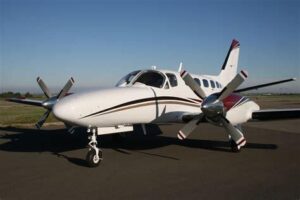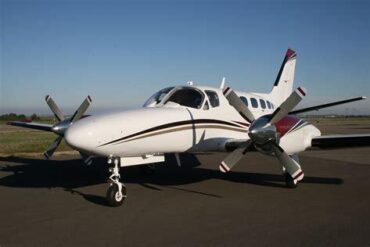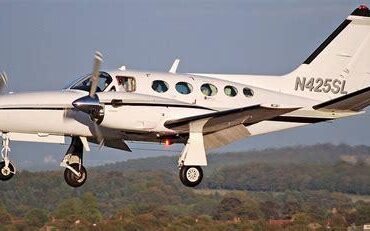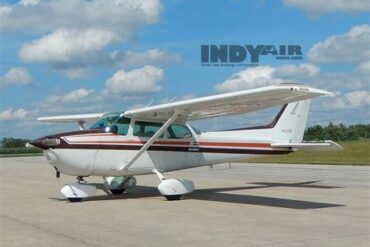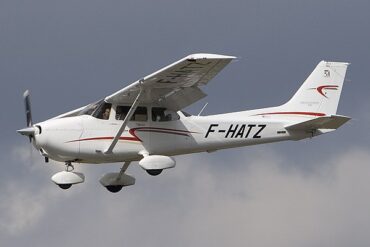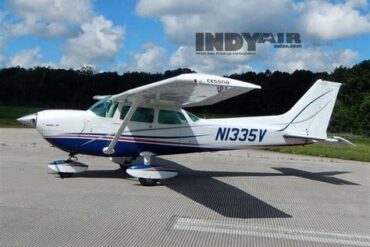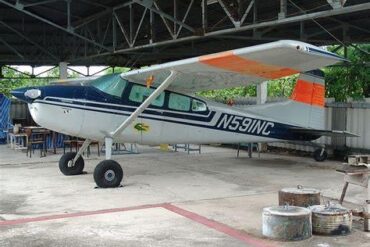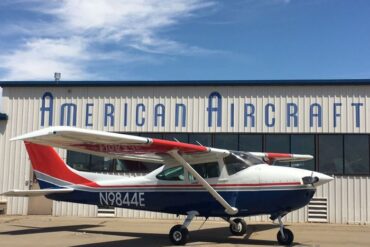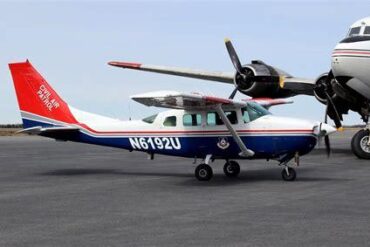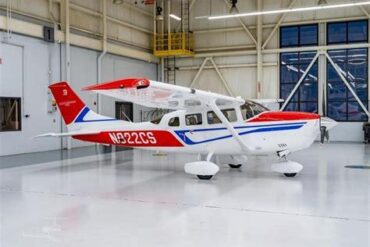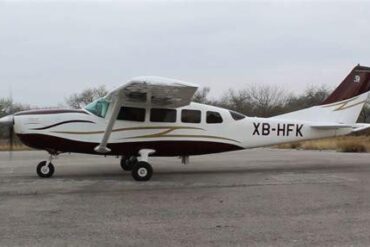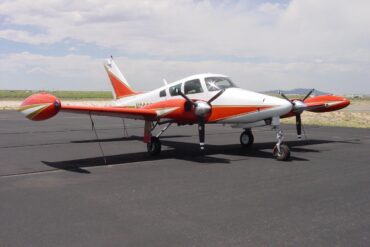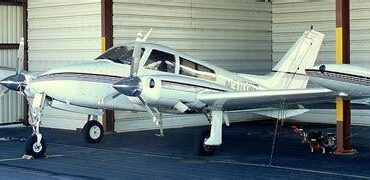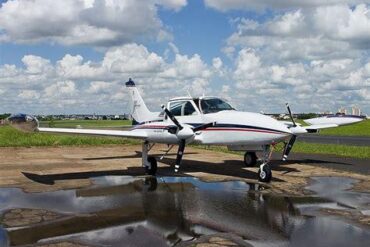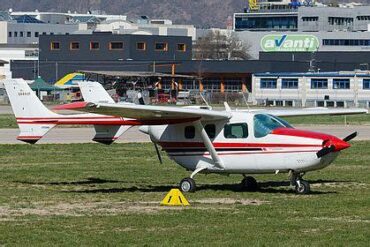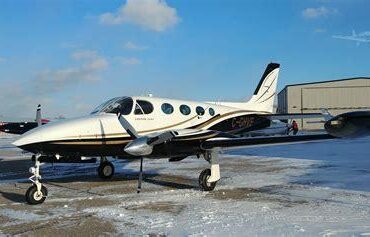The Cessna Conquest II, renowned for its impressive performance and reliability, is a turbocharged twin-engine aircraft that offers exceptional value in the world of private aviation. As we delve into the specifics of the Cessna Conquest II -10 price and its operating costs, we aim to provide a comprehensive overview that caters to prospective buyers and aviation enthusiasts alike.
Overview of the Cessna Conquest II
Introduced in the early 1980s, the Cessna Conquest II serves as an upgrade to its predecessor, the Conquest I. With enhanced engine performance, improved cabin comfort, and advanced avionics, the Conquest II has become a favored choice among business travelers and air charter services. This aircraft typically seats up to 8 passengers, making it ideal for both personal and corporate use.
Specifications
The Cessna Conquest II boasts a robust design and impressive specifications:
-
Engines: Pratt & Whitney Canada PT6A-114A turboprop engines
-
Maximum Speed: Approximately 300 knots (345 mph)
-
Cruise Speed: Around 260 knots (299 mph)
-
Range: About 1,200 nautical miles
-
Service Ceiling: 25,000 feet
-
Length: 35 feet 8 inches
-
Wingspan: 50 feet 10 inches
These specifications highlight the Conquest II’s capability for medium-range flights with substantial payload capacity, making it a versatile choice in its class.
Price of the Cessna Conquest II
When considering the purchase price of the Cessna Conquest II, several factors influence the overall cost, including age, condition, and installed equipment. On average, the market price for a used Cessna Conquest II ranges from $500,000 to $1 million. Here’s a breakdown of what influences the pricing:
1. Year of Manufacture
Older models typically depreciate in value, while newer versions retain higher prices. The year of manufacture can significantly affect the asking price, with models from the late 1990s or early 2000s generally falling within the lower range of the spectrum.
2. Total Time on Airframe
The total flight hours accumulated on the airframe can impact the valuation. Aircraft with lower total time tend to command higher prices due to the reduced wear and tear.
3. Upgrades and Modifications
Aircraft that have undergone significant upgrades—such as advanced avionics, interior refurbishments, or engine overhauls—can fetch higher prices. Buyers are often willing to pay a premium for aircraft equipped with the latest technology.
4. Maintenance History
A well-documented maintenance history can enhance an aircraft’s value. Buyers prefer aircraft that have been consistently maintained and comply with all regulatory requirements.
Operating Costs of the Cessna Conquest II
Understanding the operating costs of the Cessna Conquest II is crucial for potential owners, as these costs can vary widely based on usage and operational practices. Key components of operating costs include fuel expenses, maintenance, insurance, and crew salaries.
1. Fuel Costs
Fuel consumption is a significant portion of the operating costs. The Cessna Conquest II typically consumes about 50-60 gallons per hour of Jet A fuel. Given current fuel prices averaging around $5.00 per gallon, the fuel cost per hour comes out to approximately $250 to $300. This figure can fluctuate based on flight conditions and operational efficiency.
2. Maintenance Costs
Regular maintenance is vital for ensuring the longevity and safety of the aircraft. Annual maintenance costs for the Cessna Conquest II can range from $30,000 to $50,000, depending on usage and the specific maintenance programs adopted. Major inspections, such as the 1,500-hour inspection, can be particularly costly, sometimes reaching upwards of $100,000 if extensive repairs are needed.
Preventive Maintenance
Implementing a preventive maintenance program can help mitigate unexpected costs. Regularly scheduled inspections and timely replacement of worn parts can keep the aircraft in peak operating condition and reduce the likelihood of more expensive repairs in the future.
3. Insurance Costs
Insurance is another essential expense. The cost of insuring a Cessna Conquest II can vary based on factors such as the owner’s flying experience, the aircraft’s value, and coverage limits. On average, insurance premiums can range from $15,000 to $25,000 per year. It is advisable to shop around for the best rates and coverage options.
4. Crew Salaries
If the aircraft is operated as a business asset, employing a professional flight crew will incur additional costs. Salaries for pilots can vary widely based on experience and the specific operational demands. A typical salary for a qualified pilot can range from $70,000 to $120,000 annually, not including benefits and training costs.
5. Hangar Fees
Storing the aircraft also incurs costs. Hangar fees can vary by location and facility type, ranging from $300 to $1,500 per month. Choosing a location with appropriate facilities is essential for protecting the aircraft from environmental damage and ensuring its readiness for flight.
Total Estimated Operating Costs
To provide a clearer picture of the total estimated operating costs, let’s summarize:
-
Fuel Costs: $250 – $300/hour
-
Maintenance Costs: $30,000 – $50,000/year
-
Insurance: $15,000 – $25,000/year
-
Crew Salaries: $70,000 – $120,000/year
-
Hangar Fees: $3,600 – $18,000/year
In total, a Cessna Conquest II could incur operating costs ranging from $150,000 to $300,000 annually, depending on usage and operational choices.
Conclusion
In conclusion, the Cessna Conquest II stands out as an exceptional aircraft that balances performance, comfort, and operating efficiency. With a purchase price ranging from $500,000 to $1 million and estimated annual operating costs between $150,000 and $300,000, this aircraft represents a viable option for those seeking a reliable solution for medium-range travel. Potential buyers should carefully consider their specific needs and budget while evaluating the various factors that influence both the acquisition and ongoing ownership of this remarkable aircraft.
